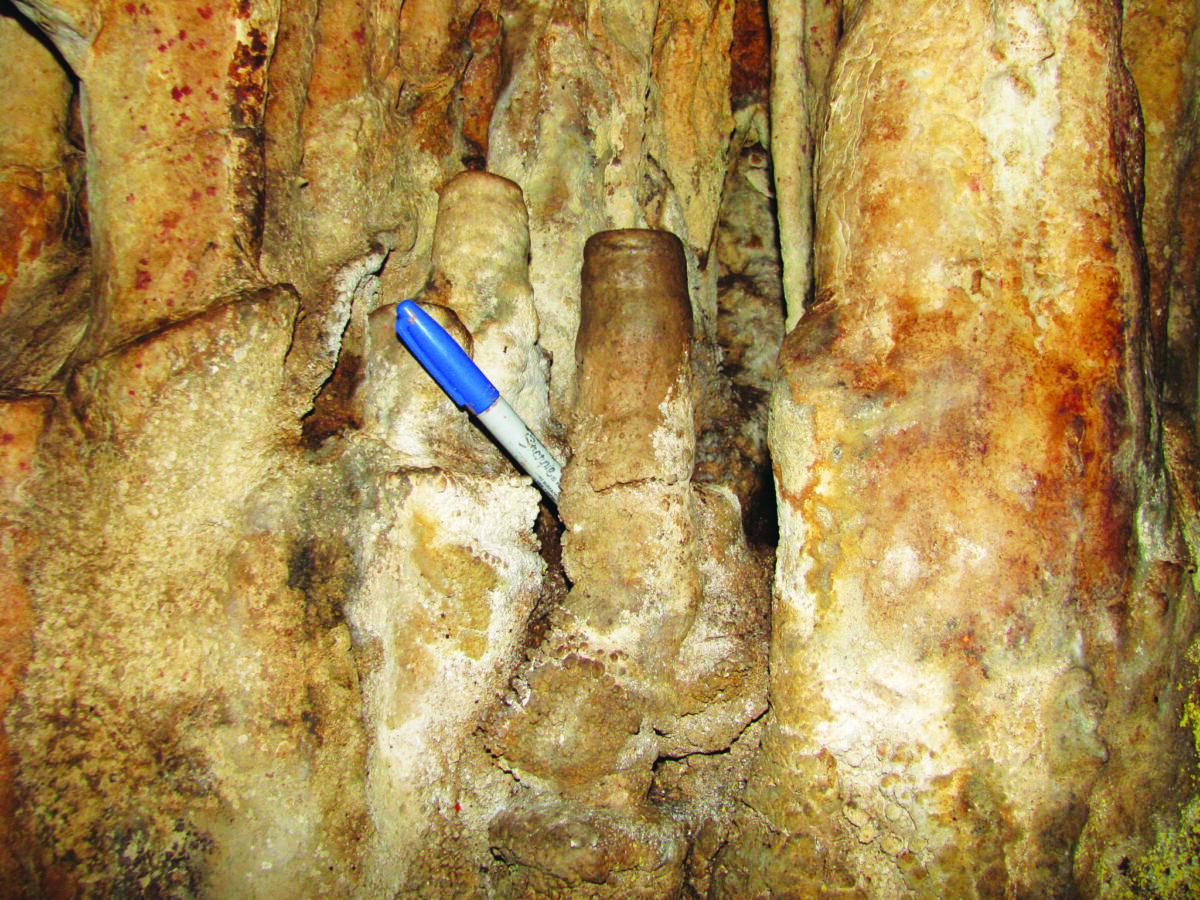Sand dunes migrate—so why haven’t some budged in 60 years?
unsolved mysteries
Posted inNews
Research Shines Light on Asthenosphere's Contribution to Hot Spots
What role does the asthenosphere play in midplate volcanism?
Posted inResearch Spotlights
A Dearth of Hurricanes Cannot Explain Maya Collapse
Mud layers in a stalagmite from a cave on the Yucatán Peninsula show hurricane activity was steady or elevated throughout the Maya collapse.
Posted inResearch Spotlights
Thin Precollision Crust Can Explain Aspects of Indo-Asian Convergence
The paradoxical thickness of the Tibetan Plateau has puzzled scientists for decades. Now new research offers up an explanation for this mystery.
Posted inResearch Spotlights
Low Heliosphere Pressure Drives Wide CMEs in Weak Solar Cycles
Why are coronal mass ejections from the current solar cycle wider than others? Researchers investigate.




